Condition and Causes

Scarring or discoloration due to acne are common. Successful treatment of scarring will improve appearance as well as promote healthy skin in the future. Acne scars come in a wide range of types, each with unique characteristics. Thanks to medical advances, however, a variety of treatments are available to address specific types of scarring.
Acne scars can be divided into four general categories: Icepick, Boxcar, Rolling and Hypertrophic.
We treat each type differently. Learn more about treatment options below.
Icepick Scars
Icepick scars are small but deep pits in the surface of the skin. They are treated using an instrument to “punch” out the pit. This site can be closed with a suture (punch excision) or the underlying skin can be elevated (punch elevation).
Treatment: punch excision, punch elevation
Boxcar Scars
Boxcar scars are larger in area but relatively shallow, with well demarcated borders. Because they are less deep, it is possible to treat boxcar scars almost entirely using laser treatments such as CO2 laser resurfacing. This has numerous advantages. Lasers are a non-surgical option that delivers smooth, even results. Even for other types of scars, many patients opt for a laser treatment as a final touch to achieve refined skin.
Treatment: CO2 Laser Resurfacing
Rolling Scars
Rolling scars are gently undulating depressions in the skin. They may be soft or firm. Effective treatments include CO2 laser resurfacing, dermal fillers, 1064nm Nd:YAG laser, and microneedling.
Treatment: CO2 Laser Resurfacing, Dermal Fillers, 1064nm Nd:YAG laser, Micro-Needling
Raised (Hypertrophic) Acne Scars
When scar tissue is produced in excess, it is referred to as hypertrophic: a raised, rounded lump of fibrous tissues. Hypertrophic scarring is firm to the touch and can be painful or discolored. The most effective treatment solution is a combination of fractional lasers and steroid injections. Steroid injections reduce inflammation and scar volume, while the laser smooths the surrounding skin.
Treatment: CO2 Laser Resurfacing, steroid injection
Discoloration

Acne can alter the coloration of skin as well as its texture. Discoloration at the site of previous blemishes is very common and can be stubborn, lingering for years after a scar has diminished. There are two main types: hyperpigmentation and erythema.
Hyperpigmentation results when elevated levels of melanin, which gives skin its color, are retained on the skin’s surface following an inflammation. Erythema is a product of inflammation. Both conditions cause blotchy areas, usually bright red to brown in color, and are often resistant to topical treatments.
Fortunately, this unnatural coloring can be greatly improved with BBL™ (BroadBand Light) technology, which utilizes precise wavelengths of pulsed light to target problem areas.
Treatment: BBL™ (BroadBand Light)
Learn More
- American Academy of Dermatology: “Acne Scars: Treatment and Outcome”
- Mayo Clinic: “What is the Best Treatment for Acne Scars?”

